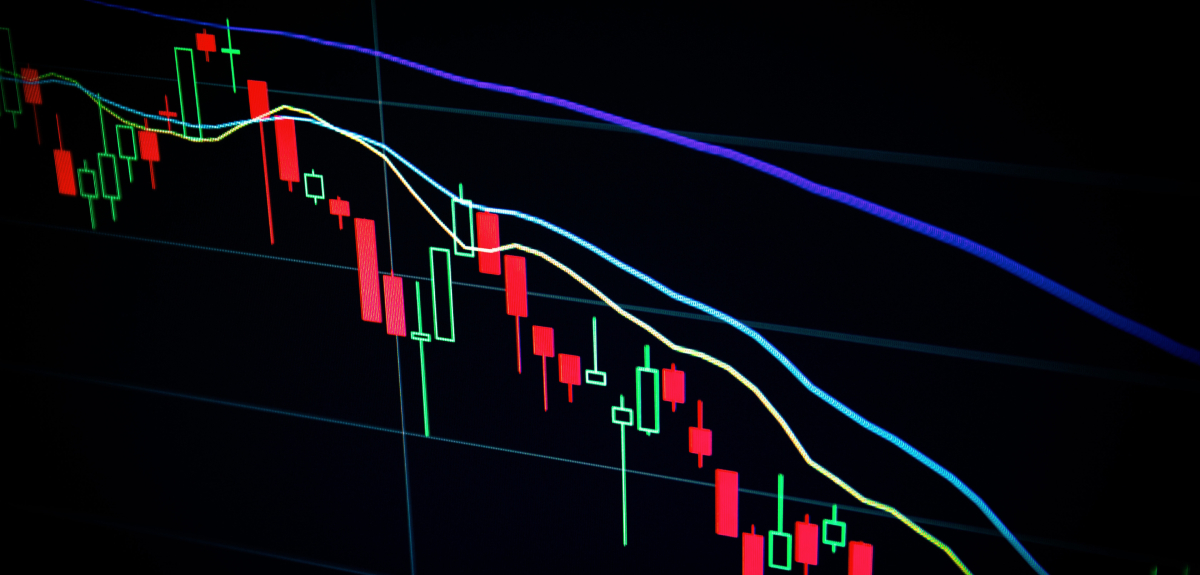
By Lawrence G. McMillan
This week, we came upon an article entitled “Could some $VIX-related funds go “poof” in a day?” Obviously they can, as we pointed out last week. But rather than warning of the dangers of this, the author was yet another volatility seller, who bemoaned: “Two funds designed to short the volatility index [meaning XIV and SVXY] could be wiped out if the index goes up. But because big jumps [in $VIX] are often followed by big falls, that may be when these funds are actually most attractive.” Really?
In other words, the author wants to short $VIX as soon as it goes up 80% (which is when those funds would be wiped out). That seems insane to me. Yes, eventually, $VIX would fall, but certainly not right away. Look at what happened in 1987 or 2008. It continually amazes me that these volatility sellers are so intent on the “mean reversion” feature of $VIX and just don’t seem to recognize the risk that will exist. In 1987 (according to the CBOE), $VIX went from 24 to 150 in a matter of days. In 2008, the front-month $VIX futures went from 23 to 63, steadily, over the course of a few weeks. Where would you have liked to have gone short in that rise? Certainly not after the first up day.
If these funds are really wiped out, there is going to be chaos, and you’re going to be glad you can’t short more $VIX at that time. Most likely, your broker wouldn’t allow it anyway.
Perhaps even more devastating to XIV and SVXY holders would be large rises in $VIX that don’t wipe out the funds. For example, what if $VIX went up by roughly 35% for several days in a row? That might be a sequence like this for $VIX futures settlement prices: 12, 16, 22, 29, 39, 54. Is that so unreasonable? Not in a true financial crisis. XIV would have fallen from 81 to 9.40 (more or less) if that sequence occurred. Losses in XIV would be massive and traders would be liquidating XIV en mass, which would probably make things even worse.
Moreover, a market stabilization might send $VIX from 54 to 27 overnight (the mean reversion), but by that time XIV would only recover to 14 or so.
Furthermore, there would surely be an inversion in the term structure of $VIX futures, so that would be weighing against the price of XIV as well. In other words, this would be a mini-financial disaster for XIV holders, even though the ETN would still be in existence and in fact was never in any danger of being wiped out by the 80% increase in $VIX front-month futures in one day.
So, rather than being obsessed with missing out on a chance to “sell volatility” every time it rises, we recommend following the advice given last week: if the term structure of the two front-month $VIX futures inverts (i.e., if the front month $VIX futures trades equal to or higher than the price of the second month $VIX futures), then exit all short volatility trades at that time. Don’t re-establish them until the term structure once again slopes comfortably upward.■
This article was originally published in the 9/8/17 edition of The Option Strategist Newsletter.
© 2023 The Option Strategist | McMillan Analysis Corporation

